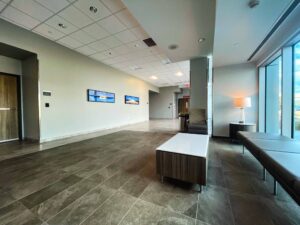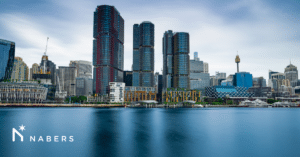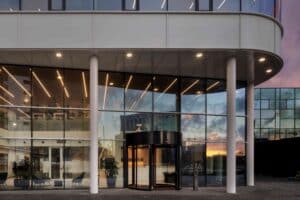
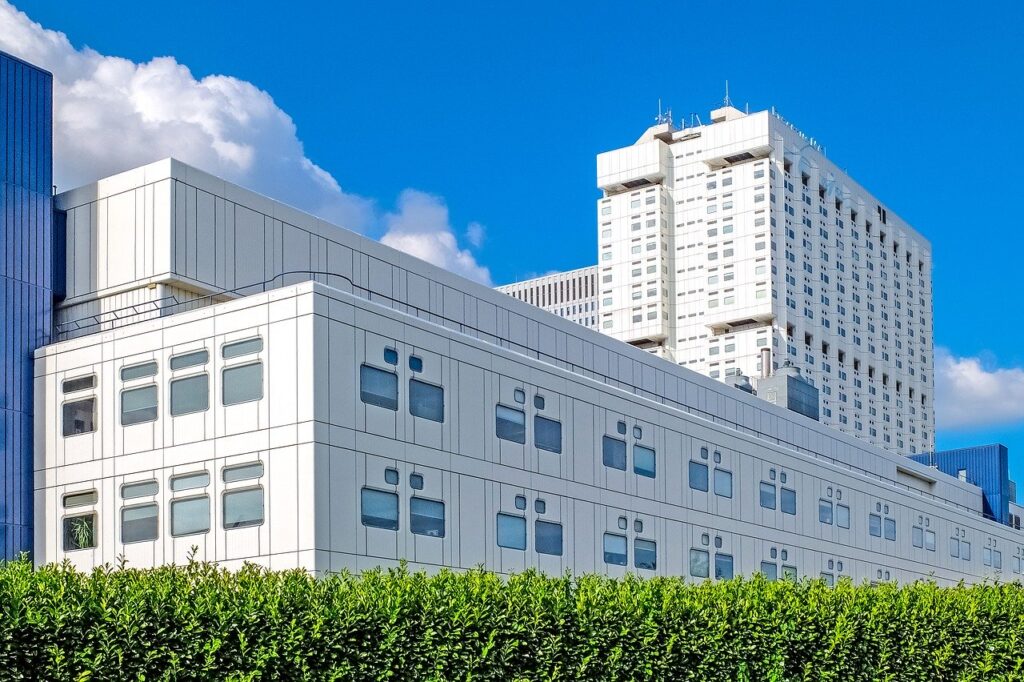
Sustainability of Amaris Zorggroep through energy management
At present, healthcare institutions are facing more challenges than ever. However, the legislature expects healthcare institutions, too, to take various steps in the next few years to bring about energy saving and sustainability. Amaris Zorggroep (Amaris Care Group) has set to work with CFP Green Buildings to meet the sustainability requirements in a largely budget neutral manner.
BREEAM scans and development of CSR policy
The cooperation between Amaris and CFP started several years ago with the execution of BREEAM scans and sustainability scans. This resulted in an action plan for making these buildings more sustainable and energy efficient. In addition, CFP supported Amaris in the development of new buildings and in achieving a CSR policy, with which Amaris is preparing itself for a sustainable future by means of energy management.
“By carrying out energy management together with CFP, we have succeeded in reducing energy costs on a long-term basis and new savings opportunities are quickly identified.“
– Hans Paardekooper, Advisor at Amaris
Energy management ensures implementation of quick wins worth € 170,000
In 2016, an energy management project was started for Amaris’ ten largest buildings. Energy management is used to monitor energy usage intensively and to respond actively to deviations and increases in consumption. Since the start of the project, a total of € 170,000 in savings has been implemented with no or limited investment, both in modern energy-efficient buildings and in older buildings. Examples include controlling night-time temperatures, optimising the use of a Combined Heat and Power (CHP) or simply checking clock times.
Responding to statutory obligations in a timely manner results in reduced investments
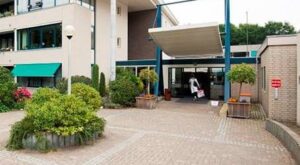
As is the case in other sectors, the healthcare sector must also comply with the energy saving obligation that applies by law in the Netherlands. All measures with a payback period of no more than five years must be implemented. Therefore, the largest sites must be audited every four years and reported to the authorities (EED Audits). Carrying out these audits for Amaris in a timely manner and checking the status of the measures creates opportunities to schedule some of the measures for natural replacement times. As a result, additional investments can be avoided as much as possible. In addition, by continuing to optimise energy usage with energy management, a permanent budget is freed up to invest in further sustainability.
Youp van der Zande is consultant at CFP and is an expert on energy monitoring. Youp: “The idea exists that care facilities that are open 24/7 have limited optimisation possibilities, because systems have to operate so much of the time. However, the reverse is true. By gaining insight into building management systems and carrying out on-site scans, it is possible to monitor in more detail and bring about optimisations at, for example, temperature level.”
Roadmap for making healthcare institutions more sustainable
It therefore offers several advantages to respond to legislation as early as possible. The government’s policy for the coming years is specific, while it is also clear that 49% less CO2 must be emitted by 2030. And in 2050 as much as 95% less. People are aware of this in healthcare, which is why more and more work is being done on CO2 roadmaps. Drawing up roadmaps geared to goals that still seem a long way off ensures that the steps that need to be taken become transparent in good time. In this way, measures can be included in the maintenance and renovation plans.




